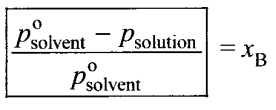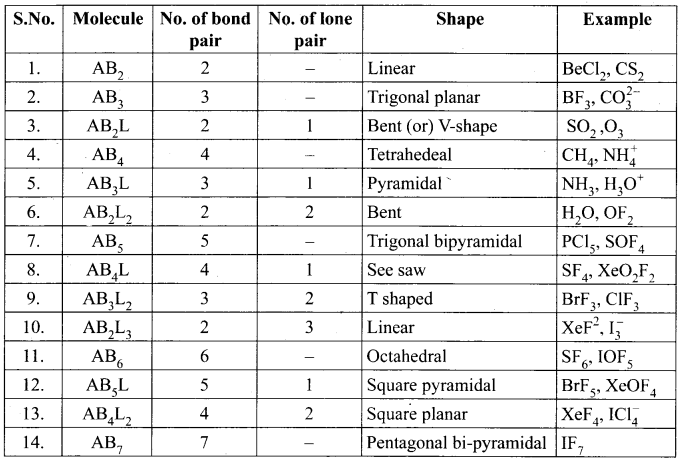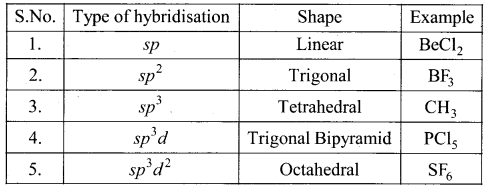Tamilnadu Samacheer Kalvi 12th Commerce Notes Chapter 21 The Sale of Goods Act, 1930 Notes
→ Sale of Goods is one of the most important Acts coming under special contract. This Act was passed in the year 1930.
→ Contract of sale of goods is a contract whereby the seller transfers or agrees to transfer the property (ownership) of the goods to the buyer for a price.
→ Mere possession of the goods does not entitle a person to ownership.
→ Buyer has unlimited rights of the property purchased against the whole world.
→ Essential Elements of a Contract of Sale: (1) Two Parties (2) Transfer of Property (3) Goods (4) Price (5) Includes both‘Sale’and‘Agreement to Sell’.
→ The term goods mean every kind of movable property other than actionable claim and money.
→ *Goods may be divided into existing goods, future goods and contingent goods.
→ Existing goods are those owned or possessed by the seller at the time of contract of sale.
→ Existing goods may again be divided into specific goods, ascertained goods and generic or unascertained goods.
→ Specific goods denote goods identified and agreed upon at the time of contract of sale.
→ The term ‘ascertained goods’ is also used as similar in meaning to specific goods. But this term may even refer to goods which become ascertained subsequent to the formation of the contract.
→ Unascertained or generic goods are those which are not identified and agreed upon at the time of contract of sale.
→ Future goods are those which a seller does not possess at the time of contract of sale but which will be manufactured or produced or acquired by him after entering into the contract of sale agreement.
→ Contingent goods are the goods, the acquisition of which by the seller depends upon a contingency (an event which may or may not happen). Contingent goods are a part of future goods.
→ A stipulation in a contract of sale with reference to goods may be a condition or a warranty.
→ Warranty represents a stipulation which is collateral to the main purpose of the contract.
→ In every contract of sale, there are certain expressed and implied conditions and warranties.
→ In the case of sale, seller has a right to sell the goods.
→ In a contract of sale by description, there is an implied condition that goods supplied should agree with the descriptions made by the seller.
→ Where goods are sold by showing samples by the seller e.g. foodgrains, cloth, medicine, chemicals etc., the bulk of goods supplied by the seller should be similar to the sample shown by the seller.
→ If goods are bought by description and the seller is a dealer in goods of that description, the implied condition is that goods must be of merchantable quality.
→ In the case of eatables, the goods must be wholesome besides being merchantable.
→ An implied condition as to quality or fitness for a particular purpose can also be fixed by the usage of trade.
→ There is an implied warranty that the buyer shall have and enjoy quiet possession of the goods.
→ The goods bought must not have been subject to any charge or right in favour of a third party.
→ Where the seller knows that the goods he is selling are dangerous or likely to be dangerous to the buyer and the buyer is ignorant of the danger, the seller should warn the buyer of the probable danger, otherwise he will be liable to compensate the buyer in case of any injury.
→ A seller is deemed to be an unpaid seller (a) when the whole of the price has not been paid or (b) a bill of exchange or other negotiable instrument given to him has been dishonoured.
→ Rights of an unpaid seller against the goods: (a) Right of Lien (b) Right of Stoppage in Transit (c) Right of Resale
→ Rights of an unpaid seller if the goods does not pass to the buyer: (i) Suit for price (ii) Suit for Damages (iii) Suit for Cancellation of the Contract (iv) Suit for Interest






